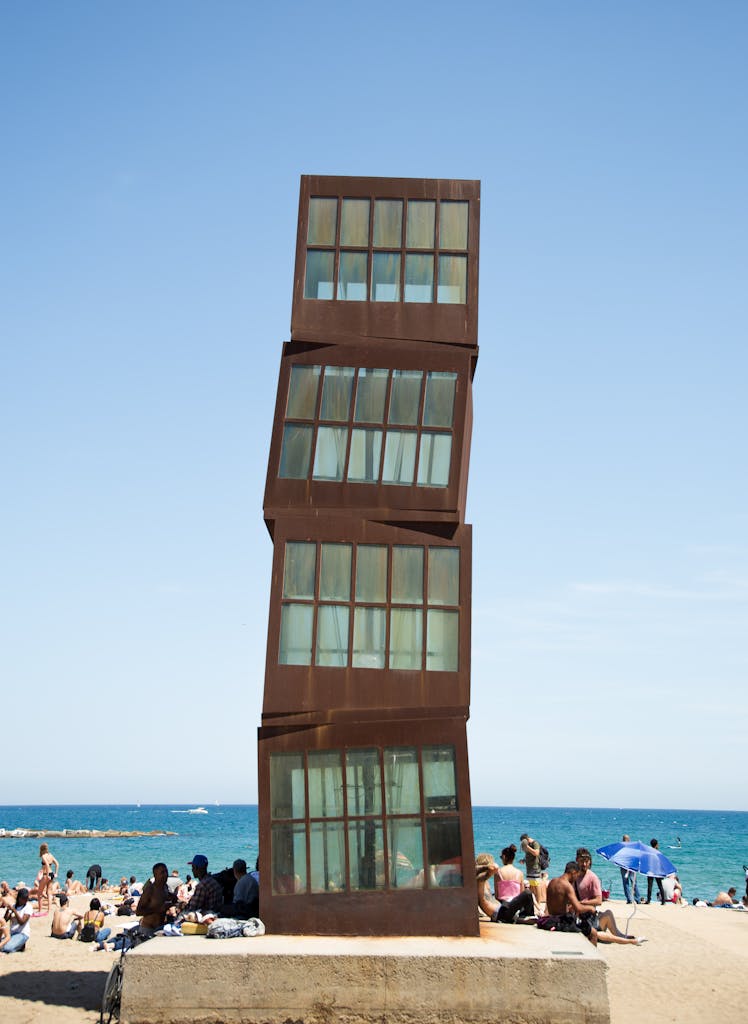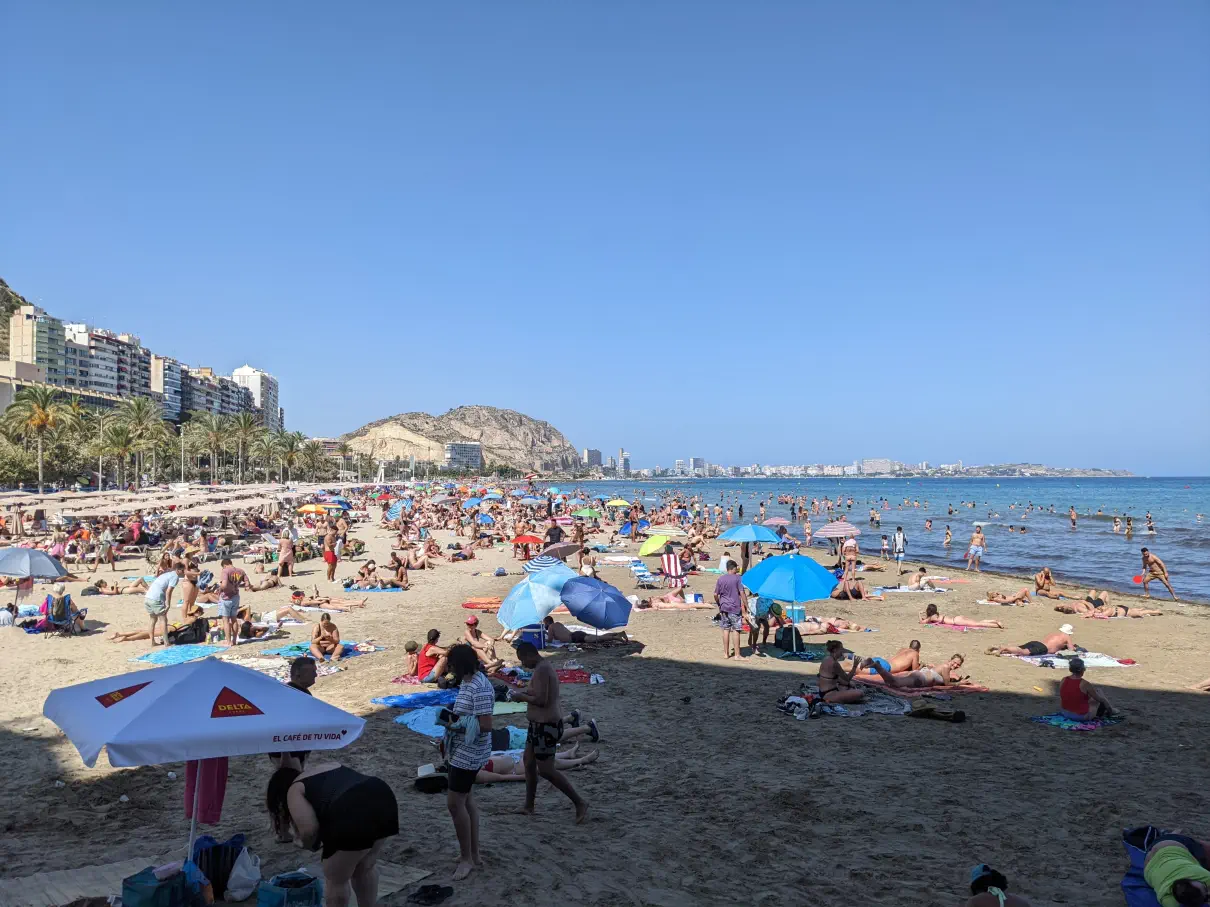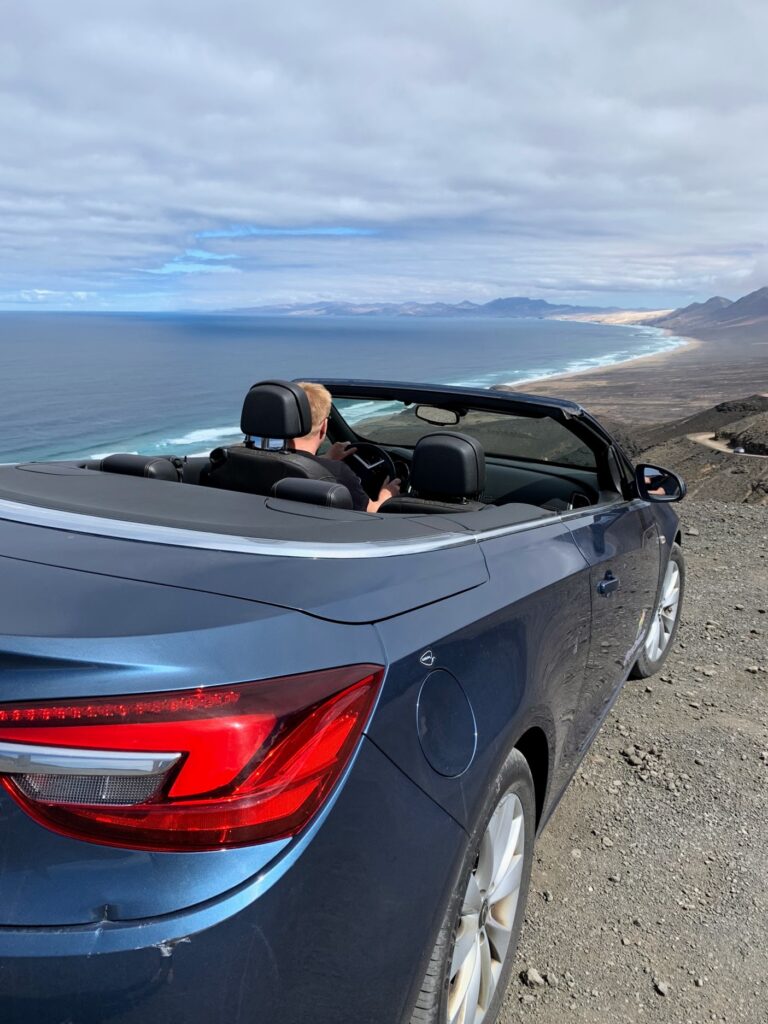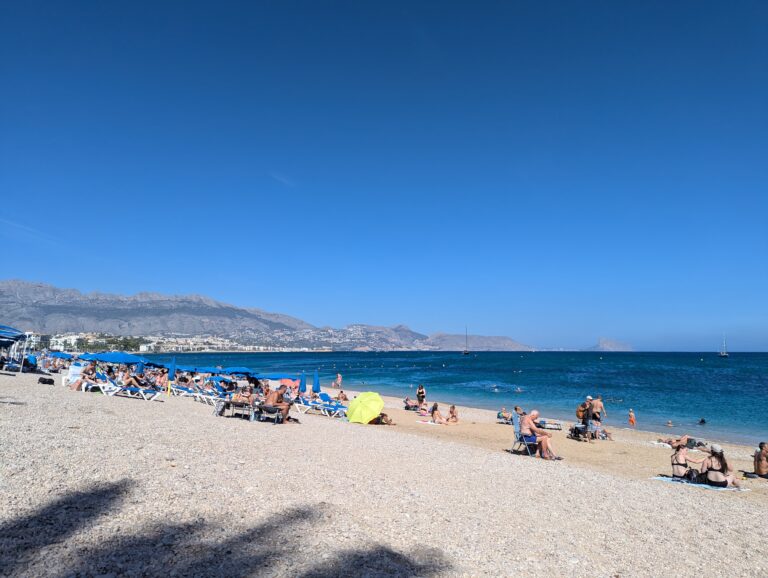Is August Too Crowded in Spain?
August in Spain brings a certain kind of energy. It’s hot, lively, and full of life. Streets buzz with music, beach towns overflow, and festivals seem to happen every other day. But with all this charm comes one big question for travelers – is August too crowded in Spain?
Should I travel to Spain in August?
The honest answer? It depends on where you go and what kind of experience you want. Spain isn’t small, and not every part of it behaves the same way in August. Some places are absolutely packed – others surprisingly calm.
Coastal cities like Barcelona, Valencia, and Malaga are magnets for both international tourists and Spaniards escaping inland heat. In these places, August is high season. That means crowded beaches, long restaurant lines, busy streets and higher prices. If you’re the kind of traveler who enjoys that bustling summer vibe, it can be a dream. But if you’re not into crowds, heat and noise, you might want to rethink.
Spanish locals vacation in August too
It’s not just international travelers packing the coast. August is vacation month in Spain. Locals take time off, often the whole month, especially in traditional family-run businesses. Offices in Madrid, Zaragoza, and other inland cities slow down or close. The cities can feel weirdly empty.

But all those locals? Many of them are heading to the same coastal towns and islands you’re thinking about visiting. So even off-the-beaten-path spots can get crowded during August – because everyone’s trying to escape the heat.
Where it gets really crowded
Barcelona’s Gothic Quarter? You’ll be shoulder to shoulder with other travelers. Ibiza and Mallorca? Clubs are full, beaches even fuller. San Sebastian’s beaches are packed from morning to sunset, and even small places like Nerja or Cadaqués see heavy foot traffic.
Trains and buses fill up fast, too. Rental cars become expensive or sell out completely. Restaurants recommend reservations – even casual ones. You’ll likely need to plan more and be ready to wait in lines.
Where to escape the crowds
Luckily, Spain is diverse. If you want to avoid the peak madness, you’ve got options. The north of Spain – places like Asturias, Cantabria, and Galicia – stays relatively calm. It’s cooler, greener, and less tourist-heavy. You get ocean views, delicious food, and local summer festivals with fewer crowds.
The same goes for inland countryside regions like La Rioja or Castilla y León. These areas aren’t big tourist spots in August, so prices stay fair and towns feel slower. You trade the beach for vineyards, stone villages and nature.
Even in busy cities, there are ways to escape. Stay in quieter neighborhoods. Visit museums early in the day. Skip trendy restaurants and find spots where locals eat lunch with no menus in English. You’ll find calm if you look for it.
What kind of traveler are you?
Some travelers thrive in August. They want the energy. The beach bars, the dancing, the fireworks, the parades. If that’s you, go for it. Spain throws itself into celebration mode in summer.
You’ve got La Tomatina in Buñol – that wild tomato-throwing festival. Feria de Málaga fills the streets with color, music, and non-stop dancing. Almost every small village in Andalusia throws its own party with food, music and flamenco.
But if you’re someone who likes a quiet museum visit, a scenic hike, or reading under a tree – August might test your patience. You’ll find heat, noise, and waiting. Not everywhere, but in the busy zones, it’s the rule.

Travel smart if you go in August
If August is the only time you can go, don’t stress. You can still enjoy Spain and even dodge some of the chaos. Just plan early and smart.
Here’s how to make it work:
- Book early – flights, hotels, even restaurant tables
- Avoid the obvious – skip the beach right next to your hotel at noon
- Get up early – mornings are quiet and cooler
- Take siestas – the afternoon heat is real
- Explore lesser-known towns – there are gems everywhere in Spain
Even something simple like staying in a nearby suburb instead of a city center can change your whole trip.
How’s the weather in August?
In one word: hot. Southern Spain gets really warm. Seville, Córdoba, and Granada can hit over 40°C (104°F). Walking around in the afternoon? Not really fun.
Coastal towns are cooler thanks to sea breezes, but still warm. You’ll want sunscreen, hats, and lots of water.
Northern Spain is a great option if heat drains you. Cities like Bilbao or Oviedo stay in the 20s°C and you might even catch a light rain now and then – which can be a blessing in August.
August prices: what to expect
August is peak season. Expect prices to jump – for flights, hotels, even tourist attractions. A place that’s €80 a night in spring might be €150 in August. Flights get booked up fast. Car rentals? Double the normal price and limited availability.
If you’re traveling on a budget, this is the time to book early. Or consider staying outside the main tourist zones. Rural tourism (called turismo rural in Spain) offers great stays in family-run inns, farmhouses, or small B&Bs at better rates.
You can still eat well without overspending – skip beachfront spots with English-only menus and go where the locals go. Look for daily menús del día, a fixed lunch with a starter, main, drink and dessert for a fair price (less than 15€).
So, is August too crowded in Spain?
For many travelers – yes, it is. If you’re looking for calm beaches, quiet streets, and affordable stays, August might feel overwhelming. But if you come knowing what to expect, plan smart, and avoid the top 10 tourist clichés – you can still have an amazing trip.
Spain in August is not about hiding from the world. It’s about joining the party – or finding a shady corner just far enough from the noise. There’s no wrong way to experience it, as long as you know what kind of traveler you are.





